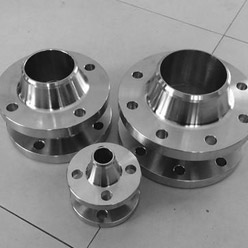Welding is an essential process in many industries, from manufacturing to construction and automotive. Choosing the right welding tools is crucial for achieving high-quality results while ensuring safety and efficiency. This guide covers the types of welding equipment available, how to choose the right tool for the job, and explores how welding equipment intersects with geocell technology in infrastructure projects.

What Are the Main Types of Welding Equipment?
There are several common types of welding equipment used in various sectors:
- MIG Welders: Ideal for beginners and versatile enough for industrial and automotive applications.
- TIG Welders: Used for high-precision welding, especially in industries like aerospace and high-end manufacturing.
- Stick Welders: Known for their durability, these are perfect for heavy-duty outdoor tasks.
- Plasma Cutters: These cutting tools are used to quickly slice through thick materials, often used in conjunction with welding tools.
Choosing the right welding tool depends on the specific requirements of the project.
How Do You Select the Right Welding Equipment?
When deciding on welding equipment, consider:
- Material Compatibility: Different materials require different welding techniques. MIG welding is good for softer metals, while TIG is best for precision work with materials like stainless steel.
- Project Size: Large-scale projects demand more powerful, heavy-duty equipment, while smaller tasks might require portable options.
- Power Source: Electric or gas-powered welders—pick based on the job site’s power options.
- Experience Level: Beginners may find MIG welding easier, while TIG and Stick welding offer more control for seasoned professionals.
Selecting the right equipment ensures a smooth workflow and reliable results.
What Are the Key Safety Considerations for Welding?
Safety is paramount in welding. Follow these essential precautions:
- Proper Gear: Always wear eye protection, gloves, and flame-resistant clothing to protect yourself from heat and sparks.
- Ventilation: Ensure adequate airflow to avoid inhaling dangerous fumes.
- Fire Safety: Keep fire extinguishers on hand, as sparks can ignite nearby materials.
- Routine Maintenance: Regularly inspect welding tools to avoid malfunctions.
By following these safety protocols, you ensure a safe working environment and reduce the risk of accidents.
How Does Welding Equipment Relate to Geocell Applications?
Welding equipment is critical in fabricating geocells—3D cellular structures used for soil stabilization in infrastructure. Geocell systems, made from materials like HDPE, require precise welding to ensure strength and durability. Welding tools such as extrusion and hot-air welders are used to fuse the components, especially when building infrastructure like roads and retaining walls.
In projects like road construction and soil reinforcement, welding helps create strong, reliable geocell systems, essential for the stability of embankments and other structures.
Welding equipment, when applied correctly, is an invaluable asset in infrastructure projects, ensuring both material integrity and long-term performance.